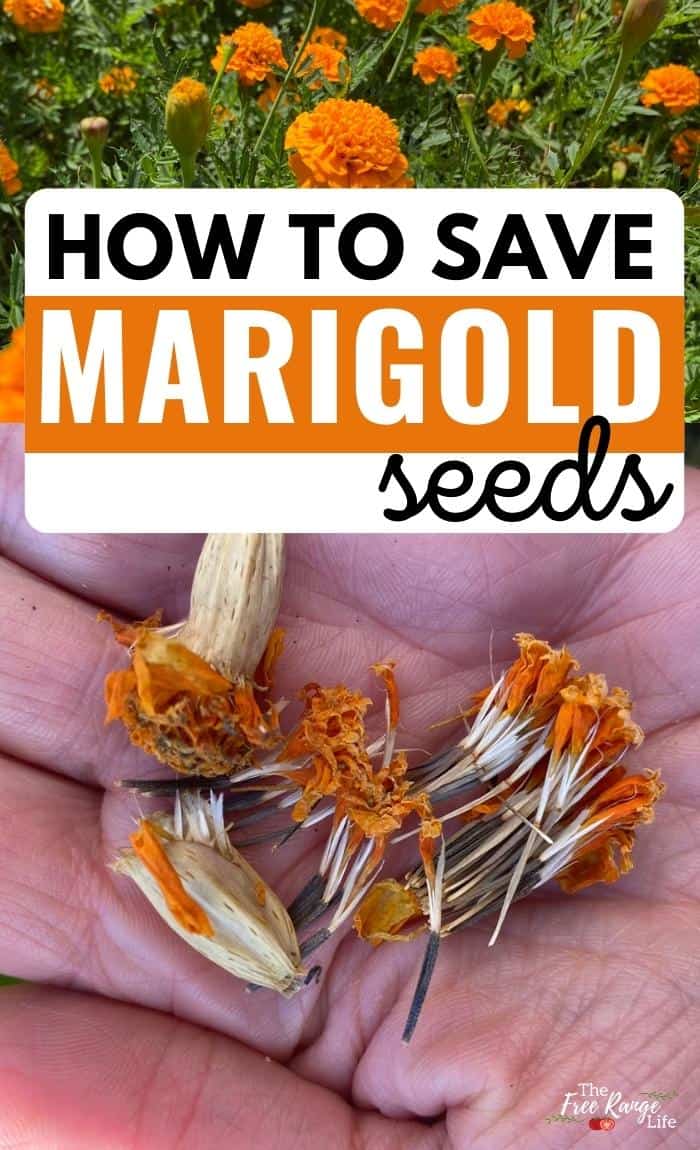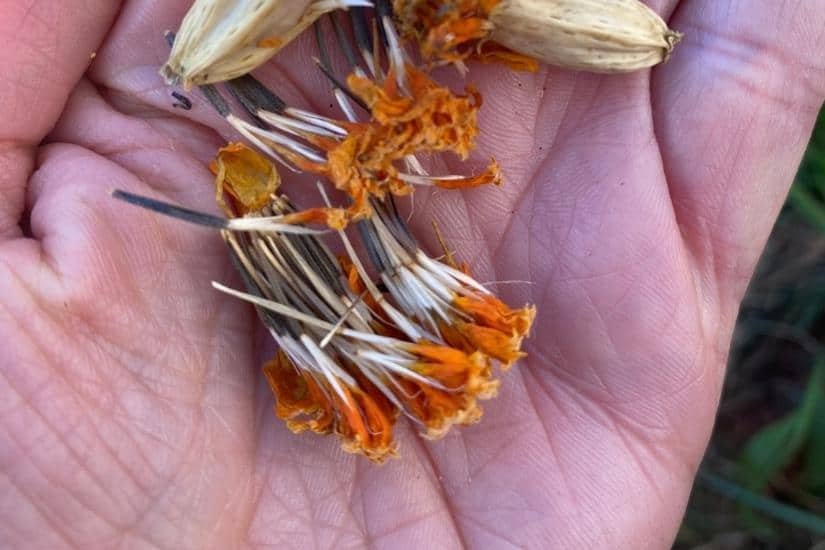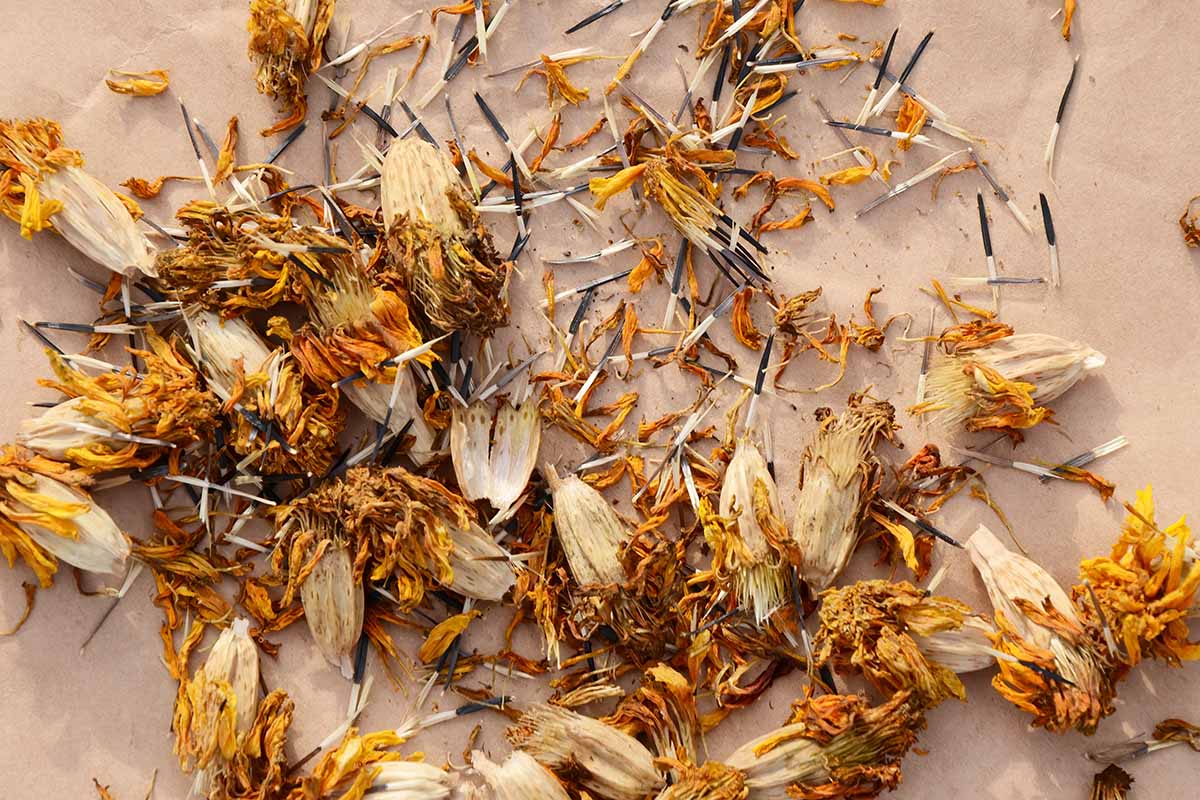Why Save Marigold Seeds?
Saving marigold seeds is a simple yet rewarding process that offers numerous benefits for gardeners. By preserving the seeds from your favorite marigold varieties, you can replant them the following year, share them with friends and family, and maintain the unique characteristics of a particular variety. This practice also allows you to develop a deeper connection with the natural world and appreciate the beauty of these vibrant flowers.
One of the primary advantages of saving marigold seeds is the ability to propagate new plants without relying on external sources. This not only saves you money but also ensures that you have a steady supply of your favorite varieties. Additionally, saving seeds enables you to preserve the genetic diversity of marigolds, which is essential for maintaining the health and resilience of these plants.
When considering how to save marigold seeds, it’s essential to understand the importance of preserving the unique characteristics of a particular variety. By saving seeds from open-pollinated or heirloom marigolds, you can ensure that the resulting plants will retain the same traits as the parent plant. This is particularly significant for gardeners who value the distinct appearance, growth habits, or fragrances of specific marigold varieties.
Furthermore, saving marigold seeds allows you to develop a sense of continuity and tradition in your gardening practice. By preserving the seeds from one generation of plants to the next, you can create a lasting legacy that connects you to the natural world and the gardeners who came before you.
Overall, saving marigold seeds is a simple yet meaningful practice that offers numerous benefits for gardeners. By preserving the seeds from your favorite varieties, you can ensure a steady supply of new plants, maintain the genetic diversity of marigolds, and develop a deeper connection with the natural world.
Choosing the Right Marigold Varieties for Seed Saving
When it comes to saving marigold seeds, selecting the right variety is crucial for success. Not all marigold varieties are suitable for seed saving, as some may produce seeds that do not retain the characteristics of the parent plant. To ensure that you save seeds that are true to the parent plant’s characteristics, it’s essential to choose open-pollinated or heirloom marigold varieties.
Open-pollinated marigold varieties are those that are pollinated by natural means, such as bees, butterflies, or wind. These varieties produce seeds that are genetically diverse and will retain the characteristics of the parent plant. Heirloom marigold varieties, on the other hand, are open-pollinated varieties that have been saved and handed down through generations. These varieties often have unique characteristics, such as distinct flower colors or shapes, that are worth preserving.
Hybrid marigold varieties, which are bred for specific traits such as disease resistance or high yields, are not suitable for seed saving. These varieties produce seeds that may not retain the characteristics of the parent plant, and may even produce seeds that are sterile. By choosing open-pollinated or heirloom marigold varieties, you can ensure that you save seeds that are true to the parent plant’s characteristics and will produce high-quality plants.
Some popular open-pollinated and heirloom marigold varieties for seed saving include ‘African’, ‘French’, and ‘Signet’. These varieties are known for their vibrant flowers, robust growth habits, and ease of seed saving. When selecting a marigold variety for seed saving, be sure to read the seed packet or consult with the seed supplier to ensure that the variety is open-pollinated or heirloom.
By choosing the right marigold variety for seed saving, you can ensure that you save seeds that are true to the parent plant’s characteristics and will produce high-quality plants. This is an essential step in the process of saving marigold seeds, and will help you to achieve success in your seed saving endeavors.
How to Harvest Marigold Seeds
Harvesting marigold seeds is a crucial step in the seed saving process. To ensure that you collect high-quality seeds, it’s essential to harvest them at the right time and follow proper techniques. Here’s a step-by-step guide on how to harvest marigold seeds:
When to Harvest: Marigold seeds are ready to harvest when the flowers have fully bloomed and the petals have dropped off. This is usually around 30 to 40 days after the flowers have bloomed. Check the seed heads regularly, as the seeds can quickly go from mature to over-mature.
How to Harvest: To harvest marigold seeds, simply snip off the seed head from the stem using scissors or pinch it off with your fingers. Place the seed head in a paper bag or a container to collect the seeds.
Drying the Seeds: Spread the harvested seeds out in a single layer on a paper towel or a clean cloth. Allow the seeds to air dry for 1 to 2 weeks, or until they are completely dry and brittle. This is an essential step in preventing mold and bacterial growth.
Removing Seeds from the Flower Head: Once the seeds are dry, remove them from the flower head by gently rubbing the seeds between your fingers or using a small brush to loosen them. Sift the seeds through a fine-mesh sieve or a piece of cheesecloth to separate them from any debris.
Tips for Successful Harvesting: To ensure that you harvest high-quality seeds, make sure to harvest them on a dry day, as moisture can cause the seeds to become moldy or develop bacterial growth. Also, avoid harvesting seeds from plants that are diseased or stressed, as this can affect the quality of the seeds.
By following these steps and tips, you can successfully harvest marigold seeds and set yourself up for success in the seed saving process. Remember to always handle the seeds with care, as they are delicate and can be easily damaged.
Drying and Cleaning Marigold Seeds
Properly drying and cleaning marigold seeds is crucial to prevent mold and bacterial growth, which can lead to seed rot and poor germination rates. Here are some tips on how to dry and clean marigold seeds:
Drying Marigold Seeds: Spread the harvested seeds out in a single layer on a paper towel or a clean cloth. Allow the seeds to air dry for 1 to 2 weeks, or until they are completely dry and brittle. You can also use a desiccant or a dehumidifier to speed up the drying process.
Cleaning Marigold Seeds: Once the seeds are dry, remove any debris or chaff by gently blowing on the seeds or using a small brush to loosen them. Sift the seeds through a fine-mesh sieve or a piece of cheesecloth to separate them from any remaining debris.
Importance of Proper Drying and Cleaning: Properly drying and cleaning marigold seeds is essential to prevent mold and bacterial growth. If the seeds are not dried and cleaned properly, they can develop mold or bacterial growth, which can lead to seed rot and poor germination rates.
Tips for Successful Drying and Cleaning: To ensure that you dry and clean marigold seeds successfully, make sure to handle the seeds gently to avoid damaging them. Also, avoid drying the seeds in direct sunlight or high temperatures, as this can cause the seeds to become brittle or develop cracks.
By following these tips and techniques, you can properly dry and clean marigold seeds and set yourself up for success in the seed saving process. Remember to always handle the seeds with care, as they are delicate and can be easily damaged.
In addition to proper drying and cleaning, it’s also important to store marigold seeds in a cool, dry place to maintain their viability. This will be discussed in the next section, where we will cover the best methods for storing marigold seeds for long-term viability.
Storing Marigold Seeds for Long-Term Viability
Proper storage is crucial to maintaining the viability of marigold seeds. When stored correctly, marigold seeds can remain viable for several years. Here are some tips on how to store marigold seeds for long-term viability:
Airtight Containers: Store marigold seeds in airtight containers, such as glass jars or plastic containers with tight-fitting lids. This will help to keep moisture and air out, which can cause the seeds to deteriorate.
Envelopes: Another option for storing marigold seeds is to use envelopes. Make sure to use envelopes that are specifically designed for seed storage, as they will be made of a material that is breathable and moisture-resistant.
Refrigeration: Store marigold seeds in the refrigerator to keep them cool and dry. The ideal storage temperature for marigold seeds is between 32°F and 50°F (0°C and 10°C). Avoid storing seeds in the freezer, as this can cause them to become brittle and prone to breakage.
Darkness: Store marigold seeds in a dark place, such as a cupboard or drawer. Light can cause the seeds to deteriorate, so it’s essential to keep them out of direct sunlight.
Low Humidity: Store marigold seeds in a low-humidity environment. High humidity can cause the seeds to become moist and develop mold or mildew.
Labeling: Make sure to label the containers or envelopes with the date and the type of seeds stored. This will help you to keep track of how long the seeds have been stored and ensure that you use the oldest seeds first.
By following these tips, you can store marigold seeds for long-term viability and ensure that they remain healthy and viable for years to come. Remember to always handle the seeds with care, as they are delicate and can be easily damaged.
In the next section, we will discuss the importance of testing marigold seed viability before storing them, and provide a simple method for doing so using a moist paper towel.
Testing Marigold Seed Viability
Before storing marigold seeds, it’s essential to test their viability to ensure that they will germinate and produce healthy plants. Testing seed viability is a simple process that can be done using a moist paper towel.
Moist Paper Towel Method: To test marigold seed viability using a moist paper towel, follow these steps:
1. Place a paper towel on a flat surface and moisten it with water.
2. Place 5-10 marigold seeds on the moist paper towel.
3. Fold the paper towel over the seeds to create a humid microclimate.
4. Place the paper towel in a warm location, such as a sunny windowsill or a propagation tray.
5. Check the seeds after 7-10 days. If the seeds have germinated, they are viable. If they have not germinated, they may be dead or dormant.
Importance of Testing Seed Viability: Testing seed viability is crucial to ensure that you are storing seeds that will germinate and produce healthy plants. If you store seeds that are not viable, you may end up with a low germination rate or no germination at all.
Tips for Testing Seed Viability: When testing seed viability, make sure to use a clean and moist paper towel to prevent contamination and ensure accurate results. Also, make sure to check the seeds regularly to avoid over-germination.
By testing marigold seed viability, you can ensure that you are storing seeds that will produce healthy plants and avoid wasting time and resources on seeds that are not viable.
In the next section, we will discuss tips and tricks for successfully germinating marigold seeds, including the use of warm temperatures, adequate moisture, and proper light.
Tips for Successful Marigold Seed Germination
Germinating marigold seeds can be a rewarding experience, but it requires careful attention to detail. Here are some tips and tricks for successfully germinating marigold seeds:
Warm Temperatures: Marigold seeds germinate best in warm temperatures between 70°F and 85°F (21°C and 30°C). Make sure to provide a consistent temperature for optimal germination.
Adequate Moisture: Marigold seeds require adequate moisture to germinate. Water the soil gently but thoroughly, and make sure the soil is consistently moist but not waterlogged.
Proper Light: Marigold seeds require light to germinate. Provide indirect light or direct sunlight for 12-14 hours a day. Avoid placing the seeds in a dark location, as this can inhibit germination.
Soil Quality: Use a high-quality potting soil that is well-draining and rich in organic matter. Avoid using soil that is too dense or compacted, as this can prevent proper root growth.
Sowing Depth: Sow marigold seeds at a depth of 1/4 inch (6 mm) to 1/2 inch (1 cm). Make sure the soil is firm and evenly moistened before sowing.
Timing: Sow marigold seeds in the spring or early summer, when the weather is warm and sunny. Avoid sowing seeds in the fall or winter, as this can lead to poor germination and weak seedlings.
Tips for Success: To ensure successful germination, make sure to handle the seeds gently and avoid over-handling. Also, avoid using too much water, as this can lead to rot and poor germination.
By following these tips and tricks, you can successfully germinate marigold seeds and enjoy a bountiful harvest of beautiful flowers.
In the next section, we will discuss common mistakes to avoid when saving marigold seeds, including poor drying and storage techniques, and provide advice on how to overcome these challenges.
Common Mistakes to Avoid When Saving Marigold Seeds
When saving marigold seeds, it’s essential to avoid common mistakes that can lead to poor germination rates, weak seedlings, and reduced seed viability. Here are some common mistakes to avoid when saving marigold seeds:
Poor Drying Techniques: One of the most common mistakes when saving marigold seeds is not drying them properly. This can lead to mold and bacterial growth, which can reduce seed viability and germination rates.
Inadequate Storage: Another common mistake is not storing marigold seeds in a cool, dry place. This can cause the seeds to become stale, reducing their viability and germination rates.
Insufficient Cleaning: Failing to clean marigold seeds properly can lead to the presence of debris, which can reduce germination rates and seed viability.
Incorrect Storage Containers: Using the wrong storage containers can also lead to reduced seed viability and germination rates. Avoid using containers that are not airtight or are made of materials that can absorb moisture.
Over-Handling Seeds: Over-handling marigold seeds can cause damage to the seed coat, reducing germination rates and seed viability.
Tips for Avoiding Mistakes: To avoid these common mistakes, make sure to dry marigold seeds properly, store them in a cool, dry place, clean them thoroughly, use the right storage containers, and handle them gently.
By avoiding these common mistakes, you can ensure that your marigold seeds remain viable and healthy, and that you can enjoy a bountiful harvest of beautiful flowers.
By following the steps outlined in this article, you can successfully save marigold seeds and enjoy the many benefits of growing these beautiful flowers.




:max_bytes(150000):strip_icc()/how-to-save-marigold-seeds-1388591-03-7287ca5020b54185abdba052233ca1e9.jpg)


/how-to-save-marigold-seeds-1388591-01-097c6ce339464bb18033b5c94d2a09b7.jpg)

